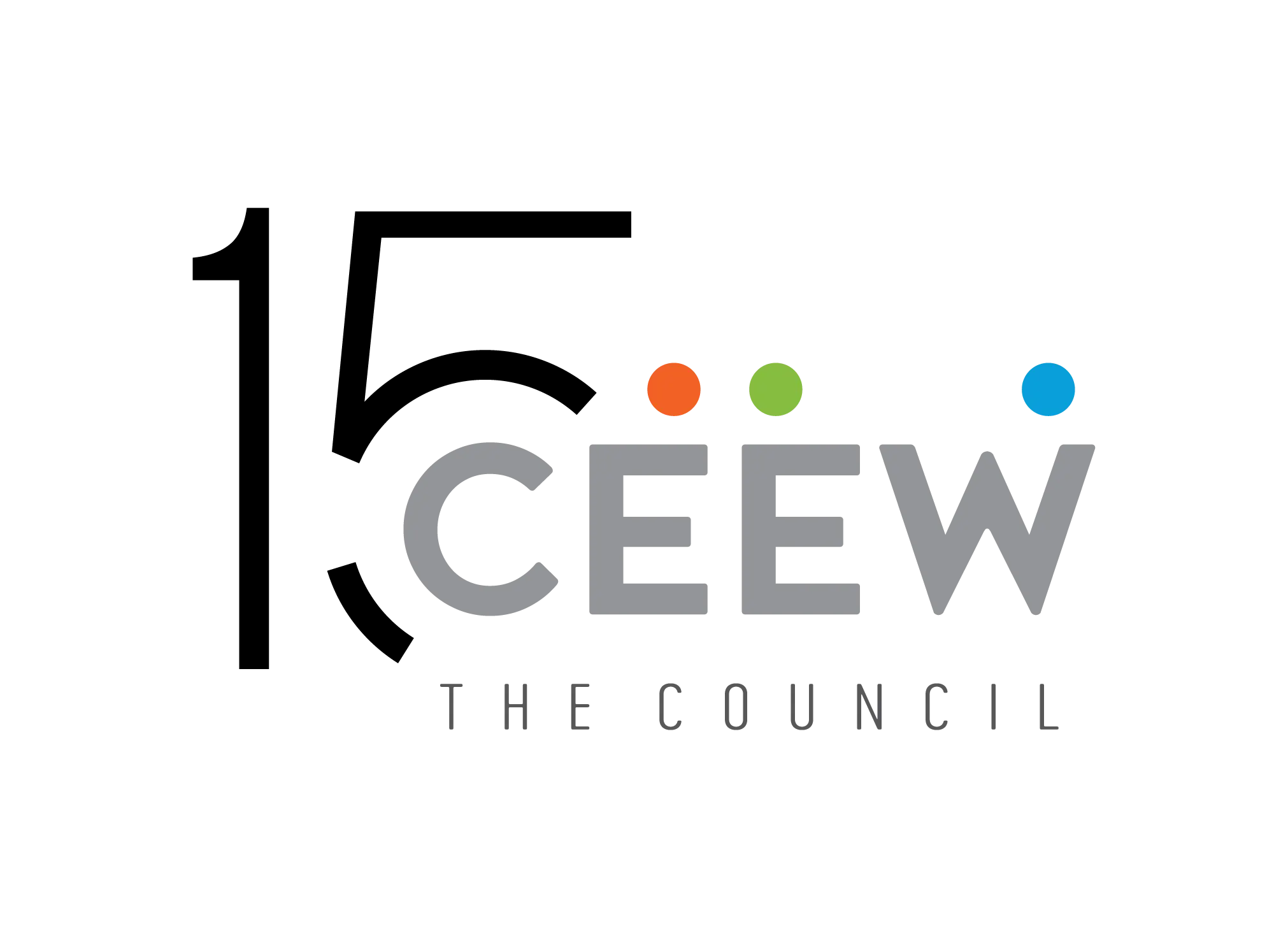



Suggested citation: IASS, TERI, CEEW, and SCGJ. 2019. Future Skills and Job Creation with Renewable Energy in India. Assessing the Co-benefits of Decarbonising the Power Sector. Potsdam: IASS, New Delhi: TERI.
This study analyses the employment effects of different plans for expanding power generation in India. It analyses four different scenarios for development of the power sector with varying shares of renewable energy: Business-as-usual (BAU), Nationally Determined Contribution (NDC) NDC PLUS and the International Renewable Energy Association (IRENA) REmap scenarios. The study presents a value-chain-based approach by developing employment coefficients to analyse the workforce involved at various stages of the entire life cycle of different power generation technologies. It also provides an initial assessment of the skill requirements, attainment levels and technical training required for India’s present power sector plans and future low-carbon power sector ambitions.
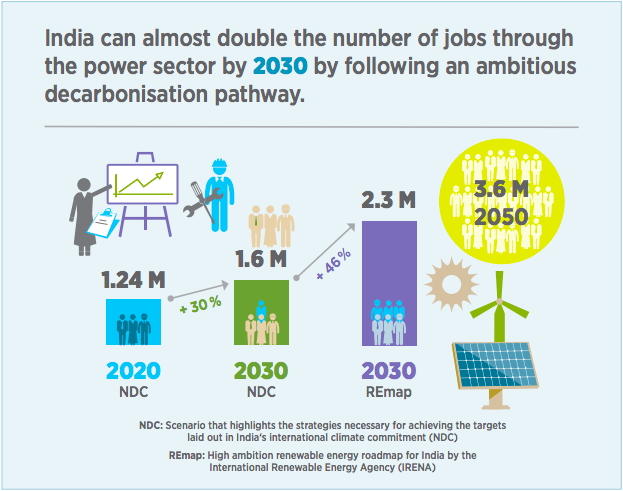
Future skills and job creation with renewable energy in India
Assessing the co-benefits of decarbonising the power sector
India has made significant progress in utilising its abundant renewable energy (RE) resources. The country has emerged as one of the leaders of the global energy transition, with a cumulative renewable energy installed capacity of 74 gigawatts (GW) at the end of 2018, and has ambitions to meet a target of 175 GW by the year 2022. Further, as recently announced by India’s Ministry of New and Renewable Energy (MNRE), the government seeks to procure approximately 500 GW of additional RE capacity by the year 2028, resulting to a 40 percent share of installed capacity of non-fossil fuel sources in the power sector by 2030. Notwithstanding these targets, the employment effects of the resulting changes in the power sector still need to be properly understood.
This study analyses the employment effects of different plans for expanding power generation in India; this was carried out in the context of the COBENEFITS project with the aim of assessing the co- benefits1 of a low-carbon energy transition in the country. Four different scenarios2 are analysed for future development of the power sector in India with varying shares of renewable energy
Business-as-usual (BAU) scenario, which represents India’s climate policy until 2016; Nationally Determined Contribution (NDC) scenario, which maps the strategies required to achieve India’s NDCs targets; NDC PLUS (NDC PLUS) scenario, which is a deeper decarbonisation plan above the NDC scenario; and the International Renewable Energy Association (IRENA) REmap (REmap) scenario, which provides a power sector decarbonisation pathway for India to contribute towards limiting global temperature rise to well below 2° Celsius by 2100.
The study presents a value-chain-based approach by developing employment coefficients (full-time-equivalent jobs/MW/year) to analyse the workforce involved at various stages of the entire life cycle of different power generation technologies. The study also provides an initial assessment of the skill requirements, attainment levels and technical training required for India’s present power sector plans and future low-carbon power sector ambitions. The four scenarios assessed considered a consistent timeline between 2020 and 2050.
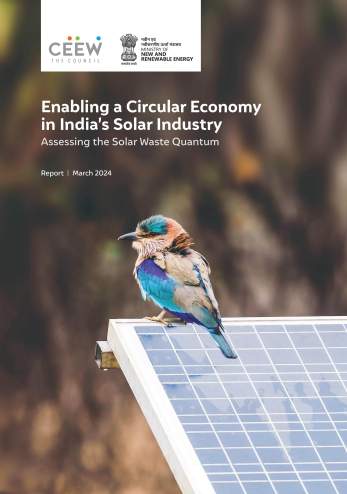
Enabling a Circular Economy in India’s Solar Industry
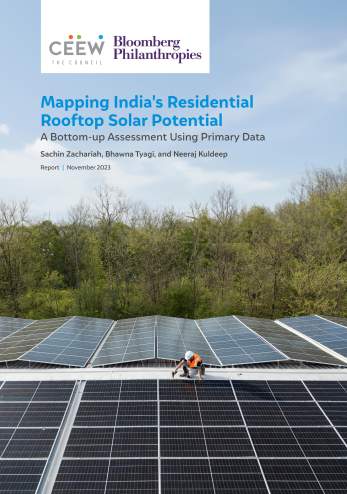
Mapping India’s Residential Rooftop Solar PotentialA bottom-up assessment using primary data
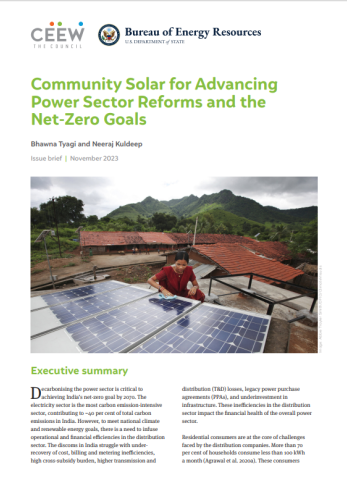
Community Solar for Advancing Power Sector Reforms and the Net-Zero Goals
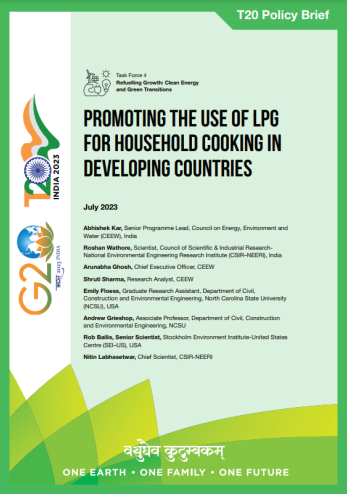
Promoting the Use of LPG for Household Cooking in Developing Countries